“One morning, Diego — who has grown a full beard and looks like you’d imagine a character might in a Robert Louis Stevenson novel — wakes up to find a letter pinned to his night-shirt. The letter — shown in close-up and read in voiceover by the same woman’s voice that first introduced us to the Polaroid of Diego — is, in effect, a ransom note for a kidnapped German priest who had been in Bolivia to establish an orphanage. Diego has no idea who delivered the letter and, worse yet, has never heard of the priest. He goes outside and there’s a terrible screech in the forest trees and Diego watches as an enormous bird attacks what appears to be a brown sloth which, after a struggle, tumbles crashing through the branches to the forest floor. Diego understands, we are made to see in a close-up of his troubled, sweaty face, that to use his slaves to rescue a priest would be the sort of culminating paradox that his life had tilted toward and the particulars of such a rescue-action would make his mark on history. The next morning, swatting away the flies, he inspects the base of the tree and finds the sloth’s body, already shredded and mostly devoured.
“The movie switches gears yet again. We are shown, via flashback, the priest’s kidnapping a few months prior by the splintered remnants of the Tupac Katari Guerrilla Army which, the film suggests, probably amounted to no more than five or six delusional, authoritarian, ex-Bolivian soldiers, unshaven in the Che Guevara-Allen Ginsberg fashion, whose obsession with the Nico phrase ‘you’re number 37, have a look’ from that first Velvet Underground album was, in fact, a decoy. For in truth, the Tupac Katari Guerilla Army despised what they perceived as the weak, narcissistic indulgences of ‘the sixties’ and in fact saw The Velvet Underground as an extension of, rather than mocking rejoinder to, The Beatles. Diego understands that the ransom note pinned to his shirt has nothing to do with ransom. Instead, it’s the priest’s death sentence, delivered to Diego by the priest’s captors in order to entice Diego to stage a rescue operation (an assault, really) that will, of course, result in the death of the priest. That way, his captives won’t have to do the dirty work of killing him themselves, as they are Catholics, a splinter group of a splinter group of the Liberation Theology spectrum.
“‘Kill them all, including the priest.’ That was the deal, as Diego understood it, ‘them all’ referring to the nameless others who had also been kidnapped so as to disguise the fact that the priest was the real target. And how to recognize the priest? The slaves would recognize him, the slaves in the aluminum canoe pulling across the river in strokes. The priest scarred by acne and humbled by one leg shorter than the other, from childhood polio, his pretext for a life defined by self-pity.
“The movie switches back to the present and goes quiet as Diego and his three slaves navigate the wide, glassy, green river deeper into the hot jungle. The strong current pulling time itself downward into the river-bottom muck. The peeling bark on the shore. The fungal, persistent stench of decaying jungle. A grouping of sloths in a tree, a congress of fur and shiny brown marble eyes. The film turning into a nightmare, a real out-and-out nightmare. This is all shot from the point of view of the boat, and we see as the metal and twig cabin on the river bank comes into view where the priest and the others are held. There’s a smash cut and suddenly the assault on the cabin is underway. Images on the screen burst forth like explosions. The camera is in on the action, its movement as violent as what’s happening on the screen. The cabin, of course, is not well-guarded, as the whole point of the plan was for the kidnappers to allow the priest and the other hostages to be murdered during the so-called rescue.”
Laing stops here. He stands up from the table, untucks his shirt, and takes a small red object that had been attached with white adhesive or hospital tape somewhere on his lower back. It’s about five inches long and is shaped like a cone, narrowing to a sharp point at one end. He sets it on the table. This doesn’t come across as a threatening gesture, as you might expect, but rather a protective one. I’m somehow grateful and relieved to see the object there before us even as the first word that fills my head when I see it is annihilation . Laing sits back down and continues his description of Black Star.
“Everything seems to be going as planned with the rescue-action assault. Inside the cabin, the priest and several others are tied to chairs. But the hostage-takers from the Tupac Katari Guerilla Army aren’t anywhere in sight. In fact, not a shot has been fired. Diego stands in front of the priest, holding a gun, and next to Diego stands his most devoted slave. ‘If you murder me,’ the priest says, ‘they will kill you, and say they did it trying to stop you from killing me.’
“‘Who is they?’ asks Diego.
“‘The ones who sent you,’ says the priest. ‘The ones watching you out there .’
“‘There’s no one out there. There’s no one here to protect you, priest.’
“‘If they wanted you to see them, you’d see them,’ he says. And then, as if addressing an unseen force, he says: ‘It is a faithful saying: For if we be dead with him, we shall also live with him.’
“By this time the movie has slowed down to a Henry James pace and you get the feeling that what’s being talked about isn’t really what’s being talked about. Everything’s at a standstill, but time is still flowing. In fact, you can almost see it moving across the screen from left to right and for second after second and maybe even minute after minute no one in the film says a word.
“Then, in a spasm of violence, there’s a sharp noise outside, like a gunshot, and Diego shoots the priest in the head, as if these had always been his instructions.” Laing pauses.
“Does that bother you?” he asks me. “The part about the priest?”
I want to answer with a quip but I hesitate. There is something about the red object on the table that worries me, as if Laing’s question (and my answer) was intended not for Laing or myself, but for the cone. When I don’t answer, Laing continues.
“There is no dialog or screaming or swelling music, just the sound of the gunshot. Almost at the same time, the slave who had embraced Diego turns to face him and, with a rough and worn hand axe that he must have been holding all along at his side but that we didn’t see or refused to see, strikes the unsuspecting Diego with one heavy blow to the side of the head. Diego falls where he stands, and the slave kneels down and strikes him again and again until he is up to his elbow in blood.
“There is the distant but approaching sound of a helicopter. The remaining two slaves untie the other hostages and the camera (there is a fleck of blood or mud or brain matter on the lens) follows them out and back into the jungle as someone barks instructions or warnings from a speaker on the helicopter. The jungle trees blow and shake violently as the slaves and hostages disappear into them.
“Then the screen is filled with that same Polaroid from the beginning and it’s clear that the film is about to end. This time, however, there’s no voiceover. The camera slowly pulls back and it’s revealed gradually that the Polaroid of Diego at the archeological dig is taped to a wall along with other, many other, Polaroids. As the camera keeps pulling out it becomes clear that we are in something like a police station, or a room where detectives are at work. They crisscross in front of the camera, in white shirts with sleeves rolled up, some of them wearing their gun holsters, a few of them even smoking like in the old days. There must be six or seven of them, in this large room with wooden desks and file cabinets and the wall of Polaroids, so indistinct now that Diego’s face is no longer discernible.
Читать дальше
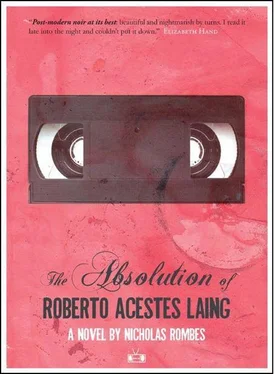
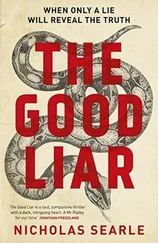
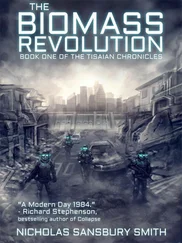
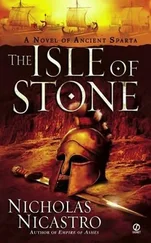
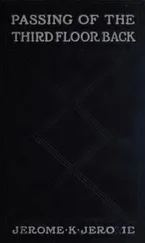

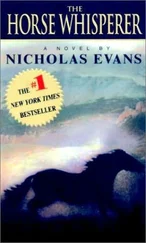
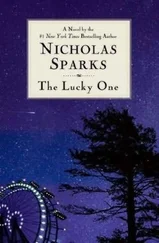


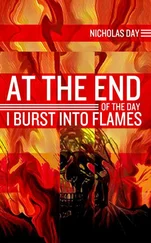

![Nicholas Timmins - The Five Giants [New Edition] - A Biography of the Welfare State](/books/701739/nicholas-timmins-the-five-giants-new-edition-a-thumb.webp)